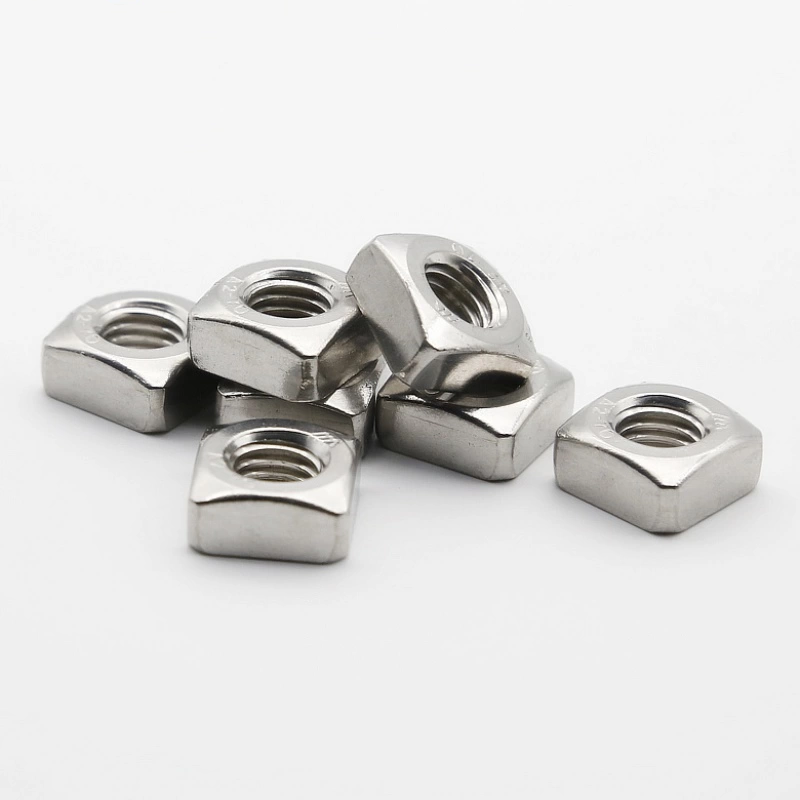

lock nut types
اکتوبر . 12, 2024 14:07 Back to list
lock nut types
Understanding Lock Nut Types A Comprehensive Guide
Lock nuts are essential components in mechanical assemblies, designed to keep bolts, screws, and other fasteners securely in place. They come in various types, each with unique characteristics and applications. Understanding the different types of lock nuts and their functions is crucial for engineers, mechanics, and anyone involved in assembly and maintenance work. This article explores the most common types of lock nuts, their applications, benefits, and limitations.
1. Nylon Insert Lock Nuts
One of the most commonly used types of lock nuts is the nylon insert lock nut, often referred to as a “Nyloc” nut. This nut incorporates a nylon collar insert that grips the threads of the bolt when the nut is tightened. The nylon provides a frictional resistance that helps prevent the nut from loosening under vibration, making it especially suitable for applications in automotive and machinery where vibrations are prevalent.
Benefits Nylon insert lock nuts are lightweight, easy to install, and reusable. They provide excellent resistance to loosening due to vibration.
Limitations They may not be suitable for high-temperature environments, as excessive heat can degrade the nylon insert. Additionally, they should not be used in applications requiring frequent adjustments, as the nylon can wear over time.
All-metal lock nuts, typically made from hardened steel, have a deformed thread design that creates an interference fit when tightened against a bolt. This mechanical locking mechanism provides exceptional resistance to vibrations, making these nuts ideal for heavy machinery and critical applications where failure is not an option.
Benefits They offer a high degree of strength and can withstand extreme temperatures and harsh environments. They are also reusable and can maintain their locking capability over extended periods.
Limitations All-metal lock nuts can be more challenging to install, as they require precise torque settings. They may also be more expensive than other types of lock nuts.
3. Serrated Flange Lock Nuts
Serrated flange lock nuts, also known as “friction lock nuts,” feature serrations on the flange that grip the surface of the assembly. This design provides excellent locking ability, making them suitable for applications in automotive and aerospace industries. The serrated edge helps to distribute the load and reduce the risk of damage to the assembly material.
lock nut types

Benefits These nuts provide a secure fit without the need for additional locking devices. They are also relatively easy to use and can be installed quickly.
Limitations They may not provide the same level of locking strength as some other types, such as all-metal lock nuts. If subjected to excessive vibration or dynamic loads, they may loosen over time.
4. Wave Lock Nuts
Wave lock nuts utilize a spring-like design to create tension, which prevents loosening under vibrational forces. They are generally made from spring steel and can be used in both low- and high-stress applications.
Benefits Their unique design allows them to maintain pressure even when subjected to thermal expansion or contraction.
Limitations Wave lock nuts may not perform well in environments with excessive debris or contamination, which can affect their ability to maintain grip.
5. Prevailing Torque Lock Nuts
Prevailing torque lock nuts are designed to create a resistance force that keeps the nut tight without locking it permanently. This type is often used in high-vibration situations, where other lock nuts might fail. The prevailing torque is an inherent feature created during manufacturing.
Benefits They provide a reliable locking feature while allowing for ease of adjustment and removal when necessary.
Limitations They may not be suitable for all applications, as the prevailing torque can sometimes be inconsistent.
Conclusion
Lock nuts play a vital role in ensuring the integrity and safety of mechanical assemblies. Understanding the different types—nylon insert, all-metal, serrated flange, wave, and prevailing torque lock nuts—can significantly enhance your assembly processes and maintenance strategies. Each type has its strengths and weaknesses, making it crucial to select the right lock nut for your specific application to ensure both performance and reliability.
Latest news
-
Premium Fasteners Manufacturer | AI-Driven Solutions
NewsAug.01,2025
-
Hot Dip Galvanized Bolts - Hebei Longze | High Strength, Corrosion Resistance
NewsAug.01,2025
-
High-Strength Hot Dip Galvanized Bolts - LongZe | Corrosion Resistance, Custom Sizes
NewsAug.01,2025
-
Best Self Tapping Screws for Drywall - Fast & Secure Installation
NewsJul.31,2025
-
High-Strength Hot Dip Galvanized Bolts-Hebei Longze|Corrosion Resistance&Customization
NewsJul.31,2025
-
Hot Dip Galvanized Bolts-Hebei Longze Metal Products|Corrosion Resistance&High Strength
NewsJul.31,2025

